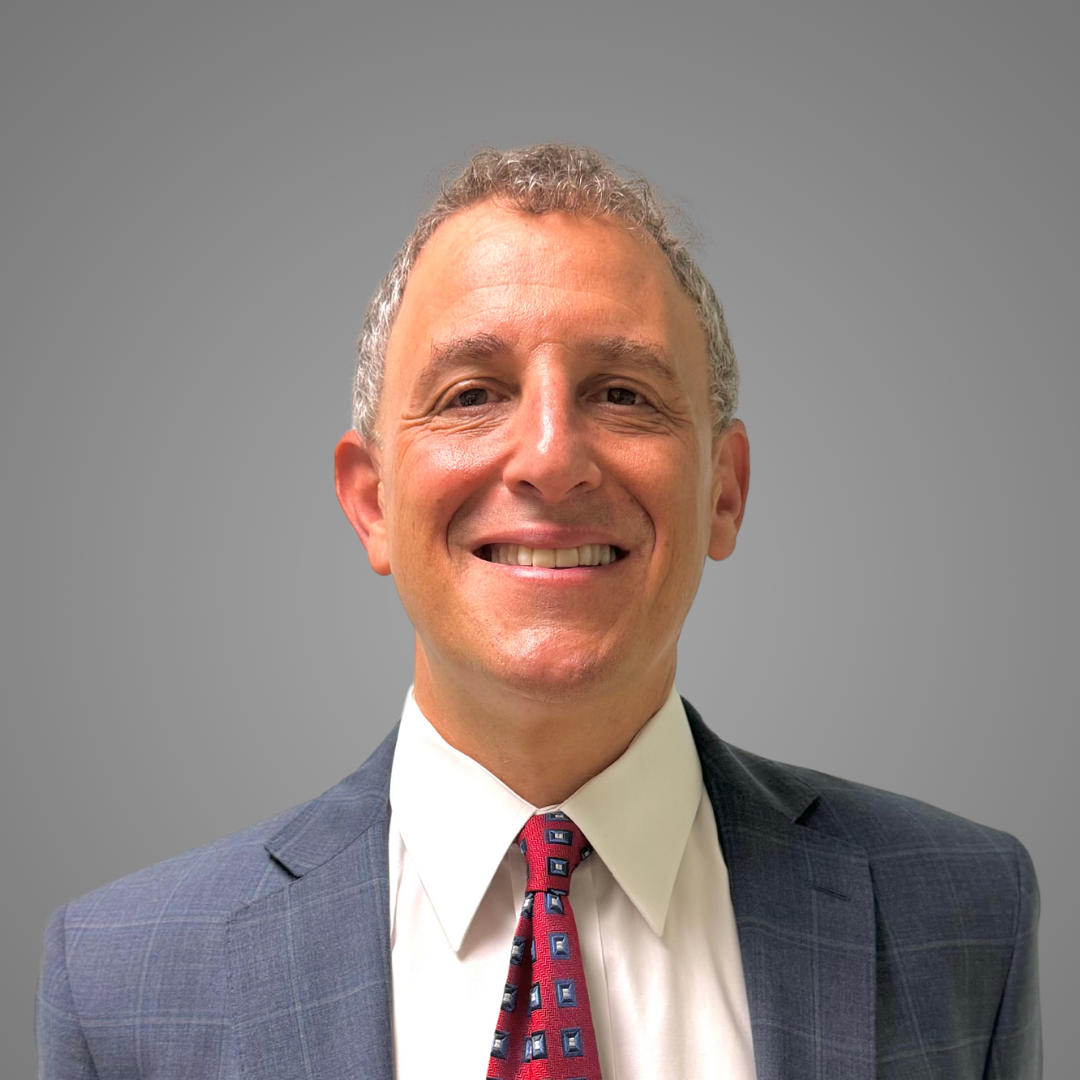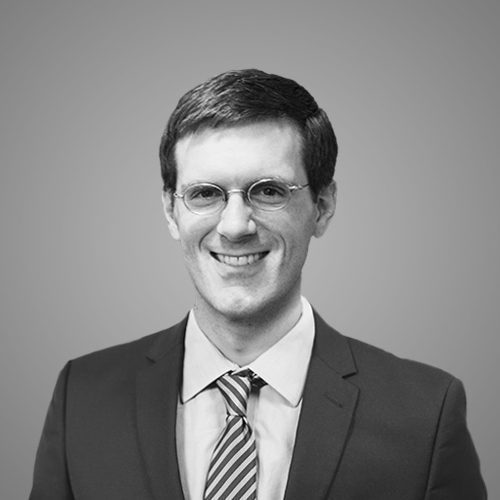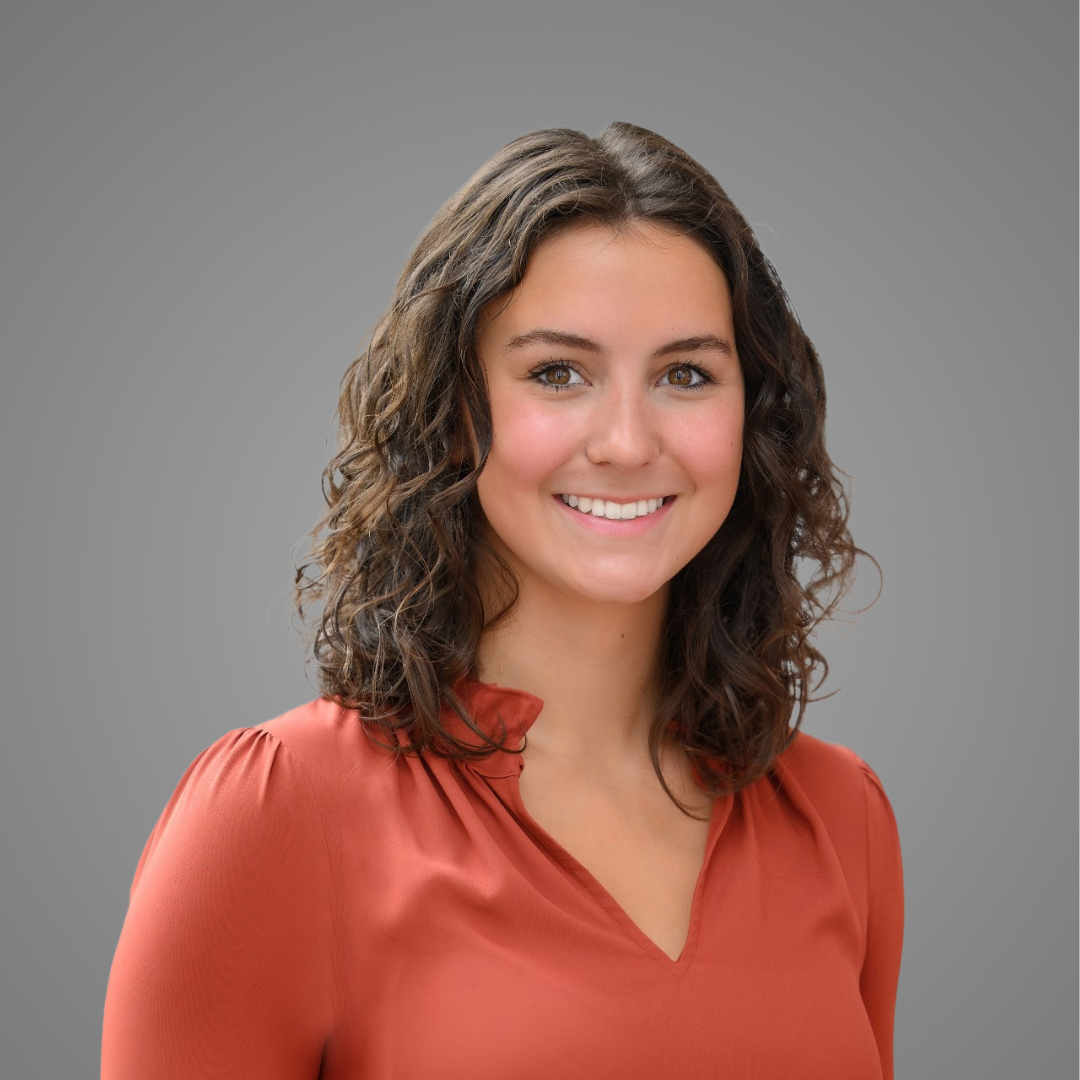Dr. Salzberg is the Founder and Principal of Salt Hill Statistical Consulting. He has also held positions at Analysis & Inference (CEO), KPMG Economic Consulting Services, and Morgan Stanley. Dr. Salzberg’s focus is statistical analysis, sampling, estimation, and modeling, especially using large or complex datasets. Many of Dr. Salzberg’s consulting projects and research papers have related to the detection and measurement of bias.
Dr. Salzberg earned his Ph.D. in statistics from the Wharton School of the University of Pennsylvania, where he also received an M.A. in statistics and a B.S. in economics. He maintains a blog discussing probability in everyday life called “What Are the Chances?“
PRESENT POSITION
- Salt Hill Statistical Consulting, Founder and Principal, 2000-present
Founder and Principal of a statistical consulting company (formerly Quantitative Analysis). The firm is skilled at presenting complex ideas to non-experts. Capabilities include the development and implementation of statistical techniques as well as critical review and audit of existing statistical estimates, samples, and models. The company’s clients are law firms, government, and private corporations and have included: United States Department of Labor; Pfizer; Barnes & Thornburg; Honeywell; K&L Gates; City of New York.
- Summit Consulting, Teaming Partner, 2009-present
Consult on multiple engagements with an economic consulting firm on large-scale government projects. Served as a Director at the firm in 2014.
- Analysis & Inference, Inc., CEO, 1991-1995 and 2008-2013
Led a statistical consulting company that provides consulting services to corporations, law firms, and government.
- Morgan Stanley, Associate, 1988-1990, 1995-1996
Performed statistical modeling and software design.
EDUCATION
- Ph.D., Statistics
Wharton School, University of Pennsylvania, 1995
- M.A., Statistics
Wharton School, University of Pennsylvania, 1992
- B.S., Concentration in Economics and Finance, cum laude
Wharton School, University of Pennsylvania, 1988
PERSONAL
- Languages: English (native), Hebrew (conversational).
- Member, Park Slope Food Coop.
- Member, 39 Plaza Housing Corp (residential coop). Board member, 2012-2015.
- Enjoy ultimate Frisbee, basketball, biking, hiking, running, tennis, chess, and bridge.
ENGAGEMENTS
- Served as a statistical consultant in the development of dynamic models for residential property valuation across the United States in order to determine whether certain residential mortgage-backed securities (RMBS) were fairly valued. Made use of statistical and econometric techniques including regression modeling, statistical sampling, bootstrapping, and bias adjustment.
- On behalf of a Fortune 100 company, evaluated models that estimated the potential liability in more than 10,000 asbestos settlements. In addition, reviewed the likely bias and other issues with a model that predicted the “propensity to sue” for future claims. Wrote two expert reports concerning findings and testified as a statistical expert regarding those findings.
- On behalf of the New York State Office of Medicaid Inspector General, reviewed the sampling and estimation methodology used to audit Medicaid providers in New York State. Reviewed and critiqued specific methodologies in ongoing matters, and provided recommendations for improving the statistical audit process.
- In a series of matters on behalf of the law department for a major city, created and analyzed a massive real estate database, modeled market and sales values, and wrote expert reports to determine potential biases of alternative methods of valuing commercial real estate. Determined the validity of assumptions about lease lengths, turnover rates, and other issues affecting rents and property values. Testified as a statistical expert in one of these matters.
- On behalf of the United States Department of Labor, acted as the principal investigator on a study of industry compliance with certain labor laws. Developed and pulled a statistical sample for evaluation. Performed survival analysis to better understand how long certain industry investigations would last and the likely outcomes of such investigations.
- For a major pharmaceutical company, analyzed company and external marketing data to determine the reliability and potential biases in using external data sources. Analyzed physician-specific data for a period of 36 months concerning product marketing to approximately 1 million prescription drug subscribers.
- In complex litigation matters involving an undersea oil field, analyzed data from several years of inspections and repairs to determine the likelihood of a catastrophic failure that would result in a major oil spill. Used survival analysis to determine the likelihood of such an event for different inspection and repair cycles.
- On behalf of several state public service commissions, directed data analysis and statistical design in a series of tests of Bell South, Verizon, SBC-Ameritech, and Qwest. Beginning in 1998, developed software and procedures for calculating performance metrics and evaluating the competitive environment. Testified before several state public service commissions, including New York, Virginia, Florida, Michigan, and Colorado.
- Using social security and insurance company data, developed two probability-based models in order to match unclaimed assets with the individual owners of those assets. The models were successfully implemented at our client, a financial services company, and used to assist state agencies in locating unclaimed assets.
- For hedge fund, performing an ongoing series of projects related to pricing risk and return of various investment options. Using standard and proprietary statistical techniques and software, developing models to select appropriate investment funds according to risk and term of the investment.
- For the large direct market publisher, improved customer response modeling while reducing the costs of test marketing. Overall test marketing was reduced by combining data for various market segments. This method also increased the precision of the scores assigned to customers concerning their propensities to purchase individual books. These improvements were expected to lead to cost savings and revenue improvement totaling about $1 million annually.
- Modeled television audience ratings to determine the Public Broadcasting System’s share of cable royalty distributions. Used statistical methods to determine a reliable estimate of PBS’s cable royalty share. The estimate resulted in a multi-million dollar decision in favor of the Public Broadcasting System by the Cable Royalty Tribunal.
- A lead statistician in the design and implementation of a sample of all personal property and equipment on behalf of the United States Internal Revenue Service. The population of interest involved more than one million items contained in over 1,000 buildings. The sample design, implementation, and resulting estimates and projections were subject to intense scrutiny by the United States General Accounting Office.
- For the United States Department of Justice, designed and implemented a sample to estimate the number of immigrants improperly granted citizenship. The sample was designed to provide a precision of plus or minus less than 1%, for a population of more than 1 million immigrants. The work was the focus of intense congressional scrutiny and received a substantial review in the media.
- On behalf of Fortune 100 company, created statistical models to determine the probabilities and likely severities of accidents for different employee and accident types. This project resulted in a recommended annual savings of $3 million.
- On behalf of the Arava Institute of Environmental Studies, advised on design and sampling methodology for a broad-based survey of environmental education in middle and high schools. More than 7,000 students were surveyed in a sample that was stratified by the size of a town, income level, and other socio-economic variables. Performed weighted statistical analysis to project survey results to the population. Presented results before the Israeli Congressional committee in July 2007.
- For the United States Customs Service (Department of Homeland Security), assisted with a sampling of financial statement information. Designed and wrote sampling plans, helped implement the plans, and created a spreadsheet calculator to analyze results. In an earlier engagement, evaluated the credibility of statistical sampling and analysis used to track and categorize imports, for the Office of Inspector General. Suggested improved methods of sampling and implementation.
- Designed and implemented several studies of stock basis in corporate mergers. One universe comprised over 100 million shares and more than 20,000 shareholders, yet the sample design resulted in a highly precise estimate using data for fewer than 1,000 shareholders.
RESEARCH
- “Resolving a Multi-Million Dollar Contract Dispute with a Latin Square,” American Statistician [Accepted], with William B. Fairley, Steven M. Crunk, Peter J. Kempthorne, Julie Novak, and Bee Leng Lee
- An excerpt from my “What are the chances?” blog appears in Lundsford, Andrea L. and Ruszkiewicz, John, Everything’s an Argument, 6th Edition, 2012 and Lundsford, Andrea L., Ruszkiewicz, John, and Walters, Keith, Everything’s an Argument with Readings, 6th Edition, 2012.
- “Law and Statistics of Combining Categories: Wal-Mart and Employment Discrimination Cases”, with Albert J. Lee, Proceedings of the 2010 Joint Statistical Meetings of the American Statistical Association, 2010.
- “Evaluating the Environmental Literacy of Israeli Elementary and High School Students,” with Maya Negev, Gonen Sagy, and Alon Tal, Journal of Environmental Education, Winter 2008.
- “Trends in Environmental Education in Israel,” with Gonen Sagy, Maya Negev, Yaakov Garb, and Alon Tal, Studies in Natural Resources and Environment, Vol. 6, 2008. [In Hebrew]
- “Results from a Representative Sample in the Israeli Educational System,” with Gonen Sagy, Maya Negev, Yaakov Garb, and Alon Tal, Studies in Natural Resources and Environment, Vol. 6, 2008. [In Hebrew]
- “Comment on Local model uncertainty and incomplete-data bias by Copas and Li,” with Paul R. Rosenbaum, Journal of the Royal Statistical Society, Series B, 2005.
- “Determining Air Exchange Rates in Schools Using Carbon Dioxide Monitoring”, with D. Salzberg and C. Fiegley, presented at the American Industrial Hygiene Conference and Expo, 2004.
- “The Modified Z versus the Permutation Test in Third Party Telecommunications Testing”, Proceedings of the 2001 Joint Statistical Meetings of the American Statistical Association.
- “Removable Selection Bias in Quasi-experiments,” The American Statistician, May 1999.
- “Skewed oligomers and origins of replication,” with S. Salzberg, A. Kervalage, and J. Tomb, Gene, Volume 217, Issue 1-2 (1998), pp. 57-67.
- “Selection Bias in Quasi-experiments,” (Doctoral Thesis), 1995.
- Patent (#6,636,585) One of five inventors on a patent for statistical process design related to information systems testing.
PRESENTATIONS
- Panelist and Presenter of “Secrets to Effective Communication for Statistical Consultants,”, Joint Statistical Meetings of the American Statistical Association, 2013, with Ghement, Isabella; Mangeot, Colleen; Rantou, Elana; Schuenemeyer, Jack; and Turner, Ralph.
- Lectured on “Statistics in Predictive Coding” as part of a one-day seminar sponsored by the Cowen Group and Equivio in the area of e-discovery, 2012.
- Presented paper (with Albert Lee) entitled “Law and Statistics of Combining Categories: Wal-Mart and Employment Discrimination Cases” at the Joint Statistical Meetings of the American Statistical Association, 2010.
- Delivered presentation on census data from the New York City Housing and Vacancy Survey, before the New York City Rent Guidelines Board, 2007.
- Part of a team of five presenting results before an Israeli congressional committee regarding a nationwide public school survey, 2007.
- Served on a panel and presented “The Modified Z versus the Permutation Test in Third Party Telecommunications Testing” at the Joint Statistical Meetings of the American Statistical Association, 2001.
- Delivered talk regarding “Skewed oligomers and origins of replication” at Hebrew University in Jerusalem, 1999.










